

24 August 2017
I carried out my PIPS placement at The Company of Biologists – a decision largely driven by my interest in gaining insight into the publishing process in preparation for submitting my own articles, and also to find out more about publishing as an alternative career path after my PhD.
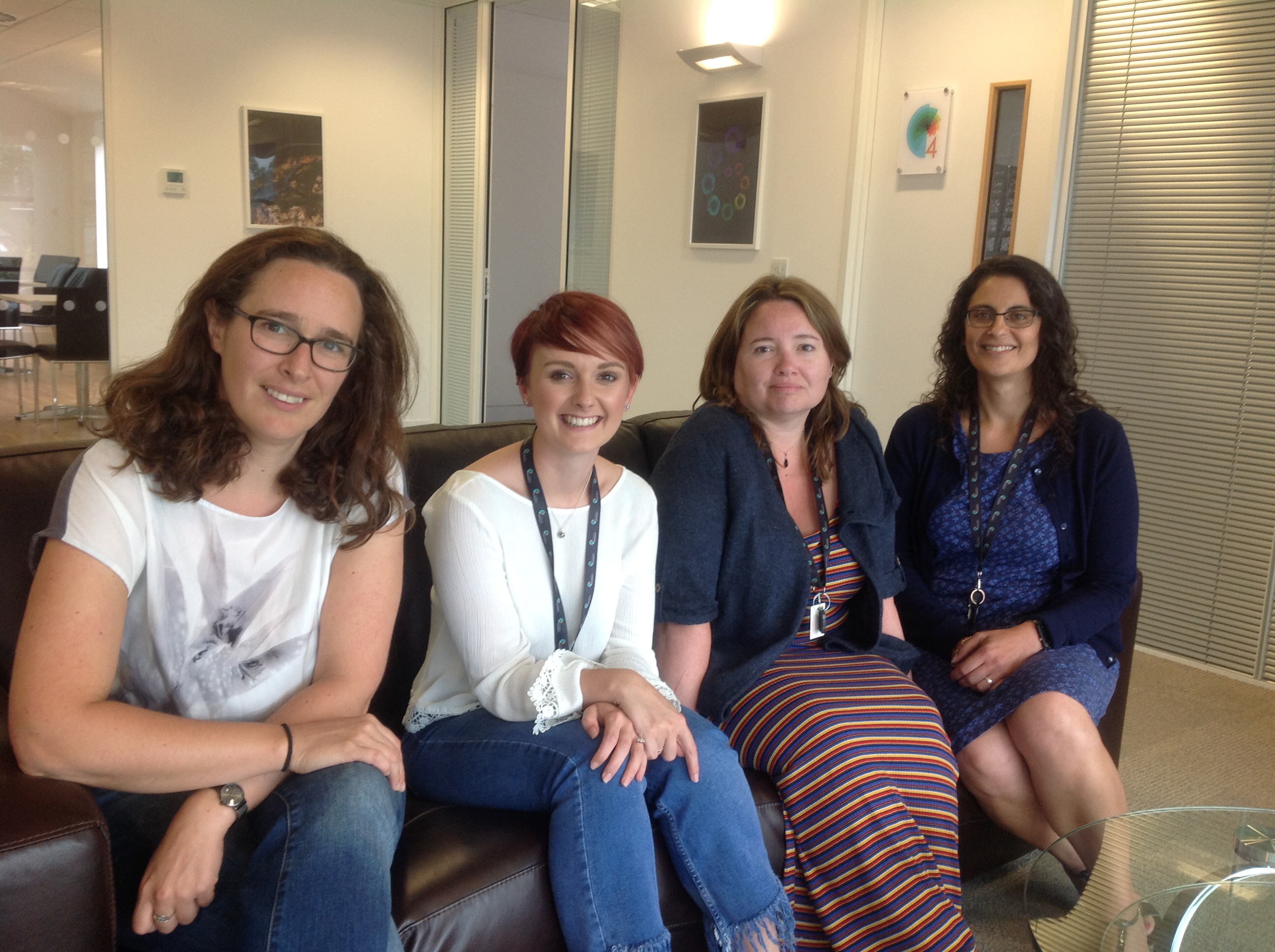
Katherine Brown (Development), Caitlin McQueen (intern), Rachel Hackett (Disease Models & Mechanisms and Biology Open) and Sharon Ahmad (Journal of Cell Science).
24 August 2017
Early-career researchers can apply for a funded place at one of our Workshops. This is a great opportunity that could enhance your career in various ways. Watch the video to hear from some of our previous attendees on why they applied and how it has benefited them.
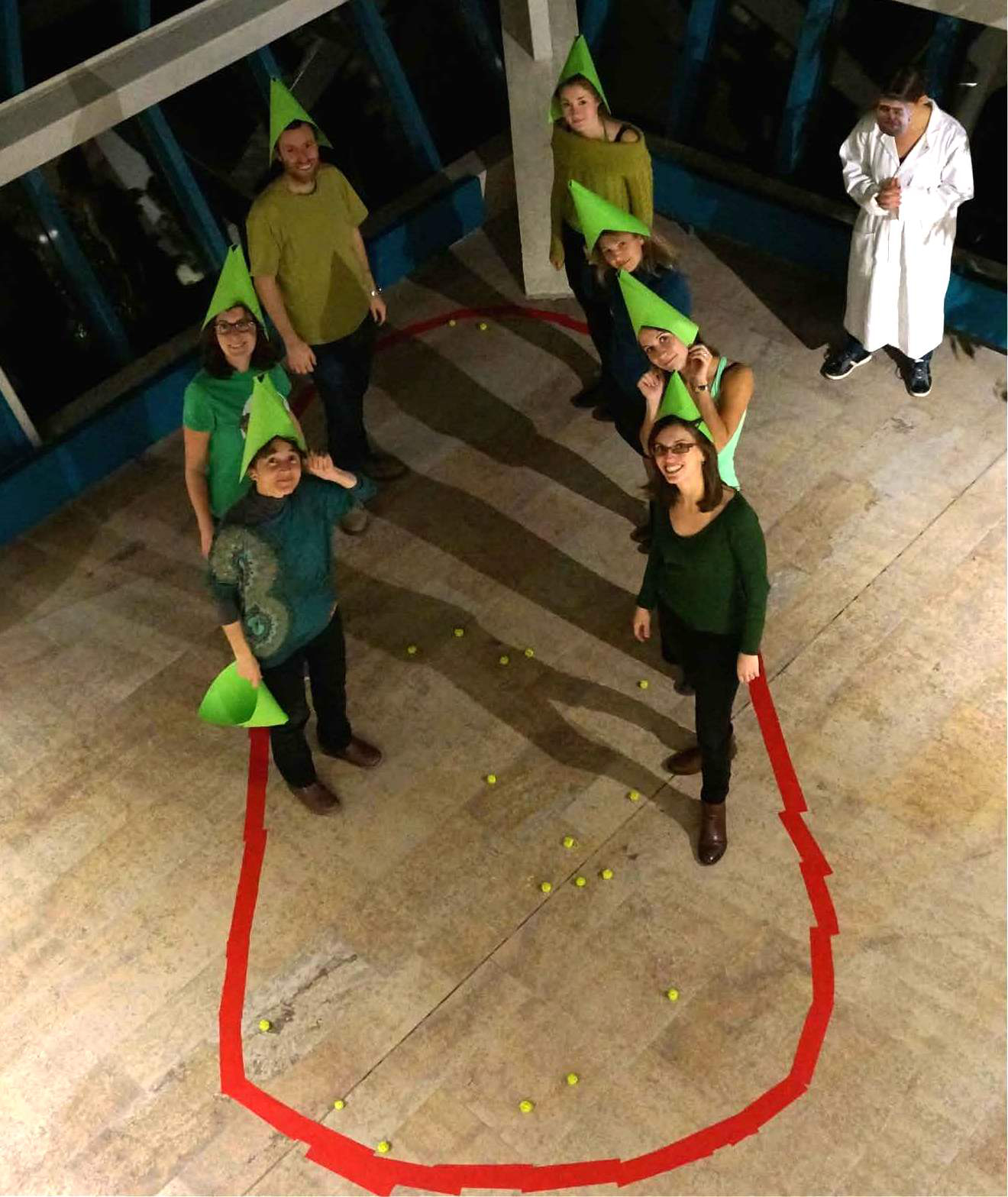
5 July 2017
The bacterial cytoskeleton controls many important cellular processes including bacterial cell morphogenesis, division and motility. Elements of the bacterial cytoskeleton mirror the major components of the cytoskeleton in eukaryotic cells; for example, the actin homologue MreB, the tubulin homologue FtsZ and the intermediate filament homologue CreS. …
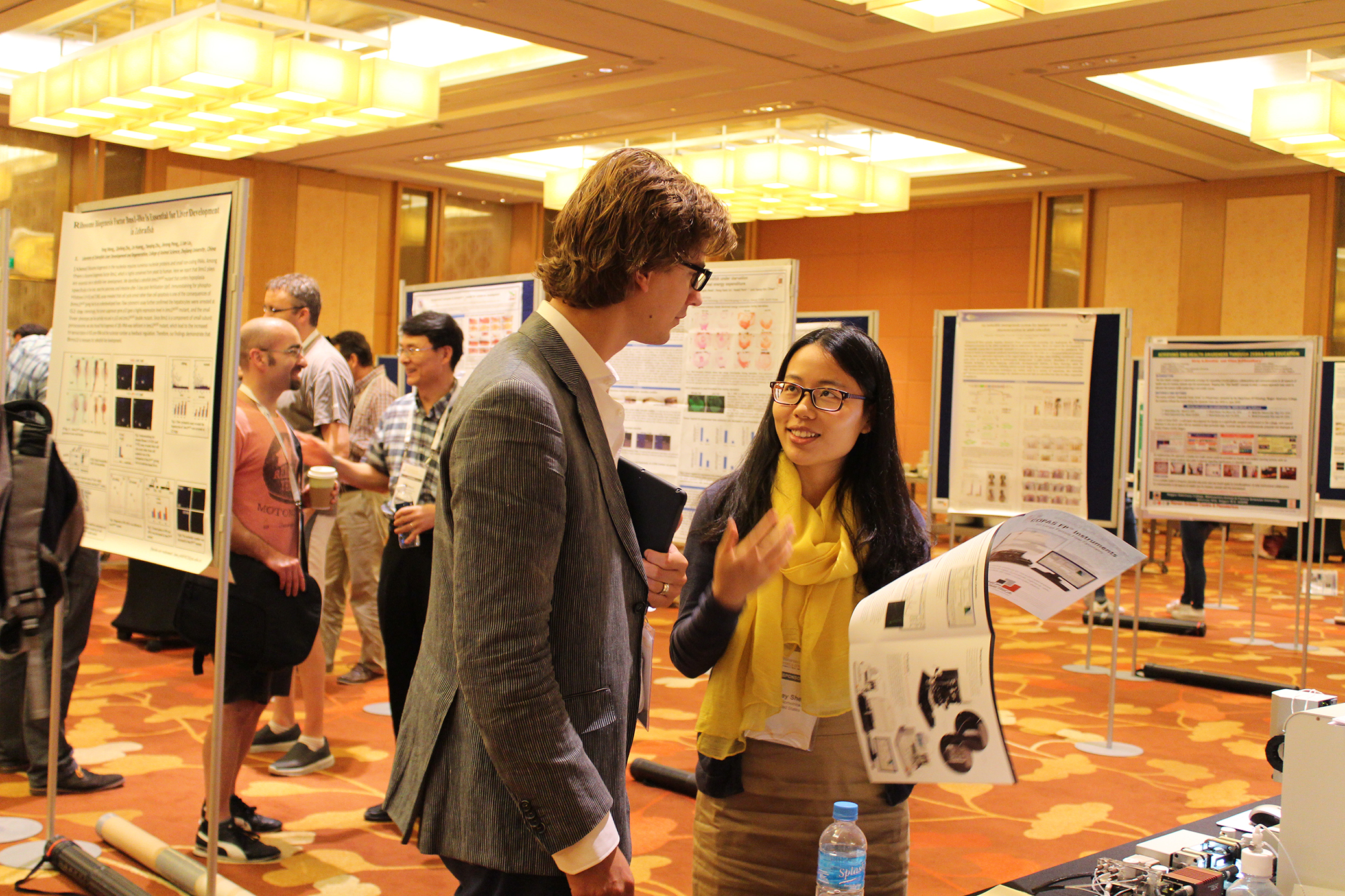
5 July 2017
The 9th Zebrafish Disease Models Meeting in Singapore was held with the aims of promoting zebrafish as a model system for the analysis of human disease mechanisms amongst the scientific community in Asia, bringing together those already engaged in zebrafish research, and exchanging ideas, methodologies and new findings. …
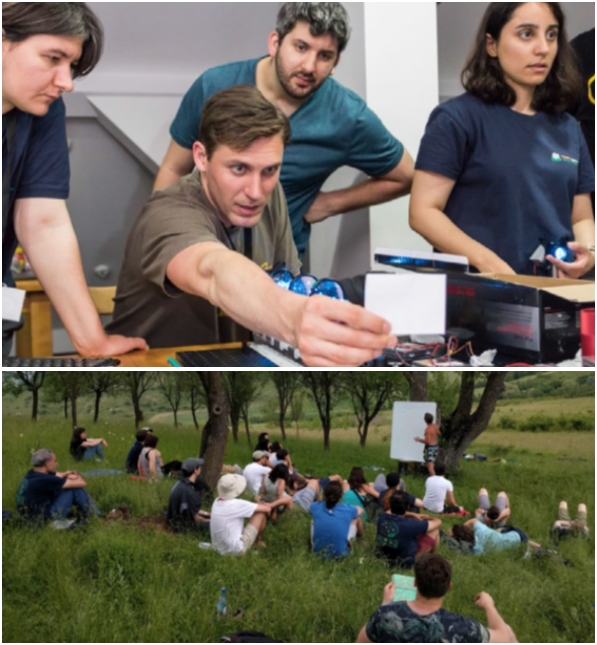
5 July 2017
The Transylvanian Experimental Neuroscience Summer School (TENSS) grew from an idea shared between Florin Albeanu and Raul Mureşan during a conference in Romania in 2010. Two years later, the first TENSS took place on the shores of Pike Lake in the picturesque province of Transylvania, Romania. …
9 May 2023
Getting involved as an organiser for one of our Workshops is easy. We focus on the logistics, so you can focus solely on the science. Are you thinking about proposing a topic for one of our Workshops? Watch this video to hear from some of our previous organisers.

24 July 2017
One of the research areas of the Martinez-Arias lab in the Department of Genetics at the University of Cambridge, UK, is the development of gastruloids – small, self-organising aggregates of mouse embryonic stem cells. PhD student Peter Baillie-Johnson was working on the generation of elongating gastruloids to mimic the first stages of axial elongation in the mouse embryo, but was limited by aggregates adhering to the surface of culture plates. …
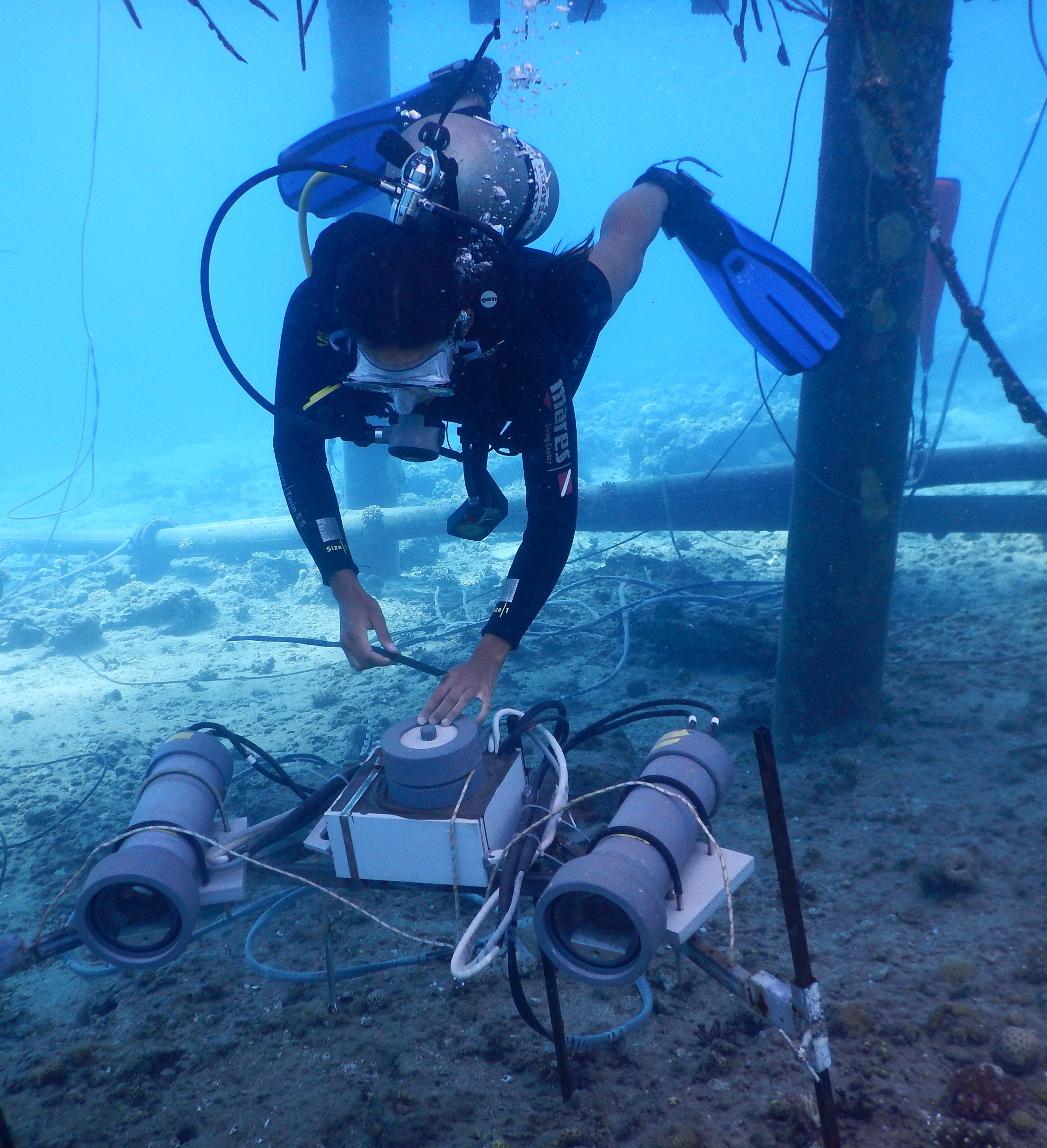
5 July 2017
Combining biology and mathematics, Julia Samson, a PhD student at the University of North Carolina, Chapel Hill, focuses her research on the pulsing behaviour of soft corals (Xenia and Heteroxenia) and how this behaviour affects and is affected by local water flows. Her project includes computational fluid dynamics simulations and flow visualisation experiments in the lab, with field data essential to test and validate these fluid–structure interaction models. …
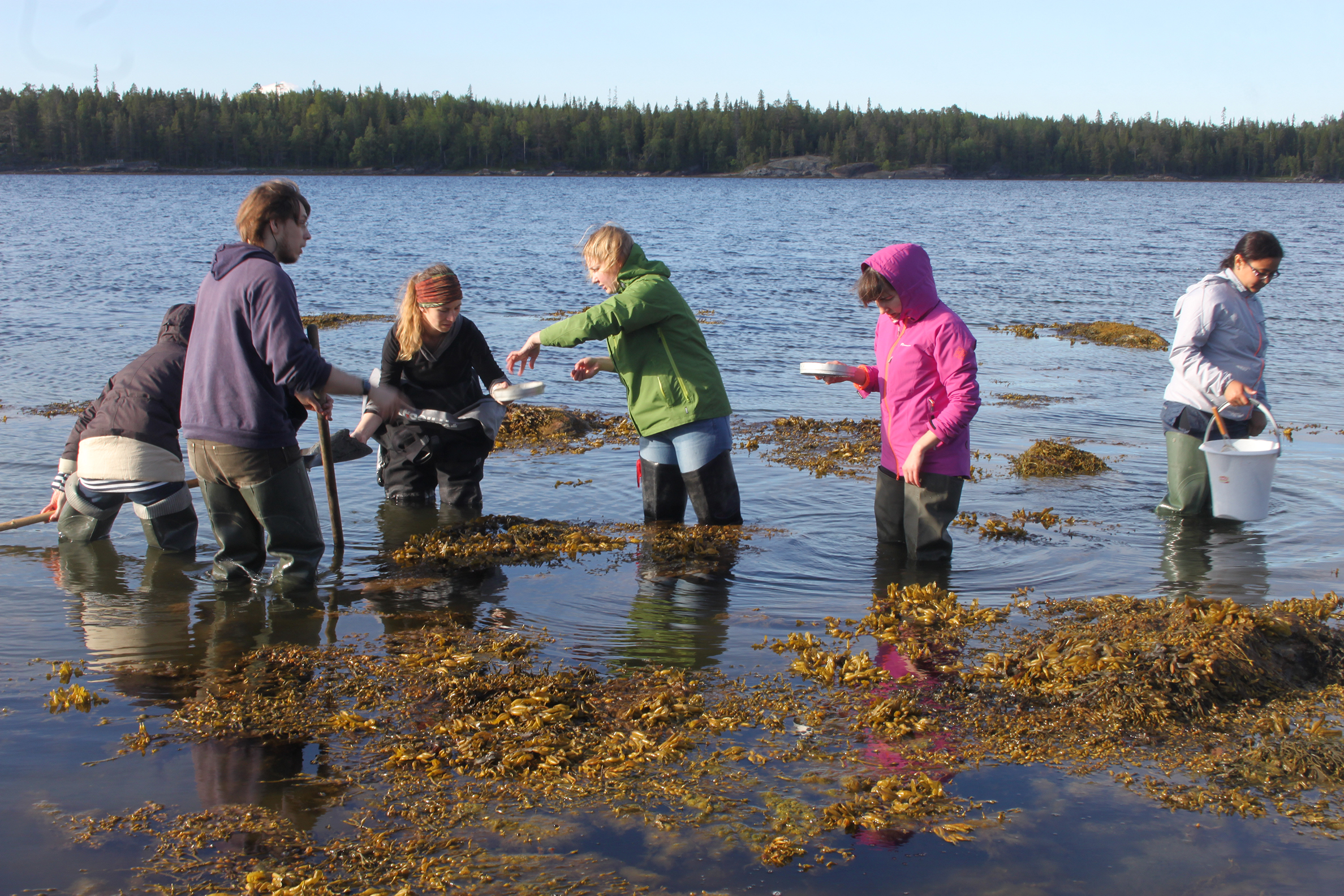
5 July 2017
In June 2016, students and post-docs from China, Colombia, Mexico, Germany, USA, India and Russia attended the Second International Summer Course on the embryology of marine invertebrates at the White Sea Biological Station attached to Moscow State University (WSBS MSU). …
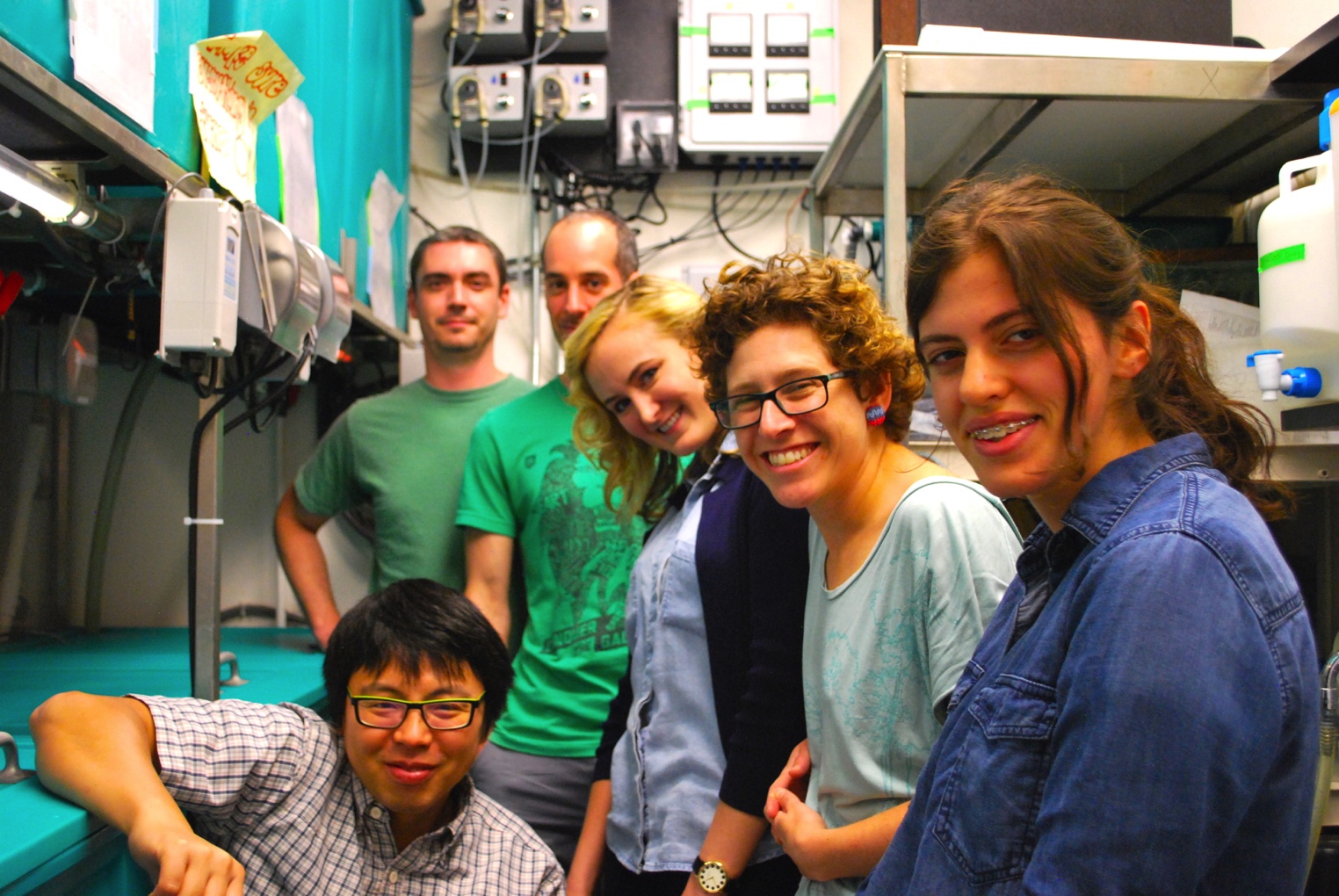
8 May 2017
The neural crest is a vertebrate-specific embryonic cell population that originates near the developing neural tube and migrates to form critical adult structures, including the skull and peripheral nervous system. To shed light on the molecular mechanisms of vertebrate evolution, Dorit Hockman from the Weatherall Institute of Molecular Medicine at the University of Oxford studies the development and evolution of the neural crest by investigating its development in the most basal vertebrate model organism, the lamprey. …
You must be logged in to post a comment.